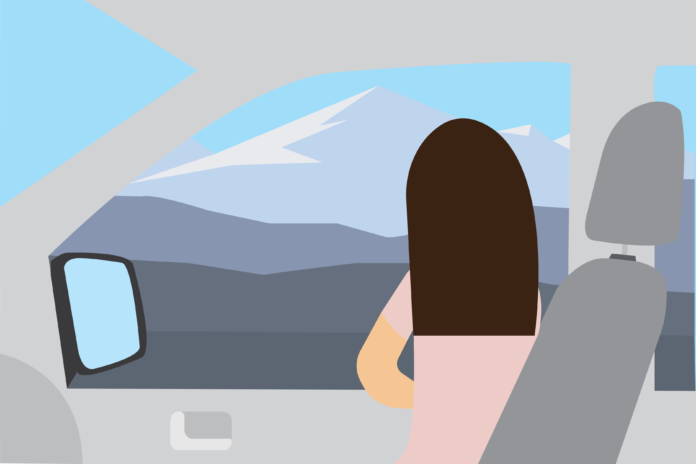To fully escape the city, we need to leave our cars behind too
When I was in Grand Teton and Yellowstone National Park this past summer, I quickly came to appreciate the long hikes and evening walks that were completely void of the sights and sounds of loud and crowded cities. National parks are a place to disengage from the technology and modernity that follows us incessantly in our day-to-day lives. For many of us, ironically enough, the park experience still seems to be shaped by a car.
Visitation numbers to national parks have ballooned over the past century. In 1904, the National Park Service received 120,690 visitors. In 2019, that number grew to over 327 million. With an increase in visitors comes an increased presence of automobiles inside national parks. National parks truly are an American treasure and should be freely enjoyed by all, but they were also created to protect and conserve the wildlife, natural resources and integrity of the environment. The increasing visitation numbers and traffic have made this task a lot more difficult.
For much of the late 19th and early 20th Century, the Department of the Interior was weary of allowing automobiles into national parks. Part of this reservation toward automobiles came from a conservationist standpoint, and part of it was due to concern over park safety. In 1907, Hot Spring Reservation became the first federally protected area to allow for automobiles to enter. With public pressure and influence from automobile clubs, this trend quickly expanded to other parks.
The expansion of cars into national parks has significant environmental costs. A report by Don Shephard from the National Park Service found that the road dust and exhaust for automobiles is one of the leading causes of emissions from within national parks. The report concluded that one of the most impactful ways to cut down on emissions is to reduce the presence of cars. The 1980 Yosemite General Management Plan called for a gradual “[removal of] all private vehicles from Yosemite Valley” by restricting car usage and bringing in more public transportation.
Some national parks have already taken action. The Island Explorer buses in Maine’s Acadia National Park were established in the 1990s as a partnership between the National Park Service, the Department of Transportation and other local businesses and agencies. In its first year of operation, these buses replaced almost 43,000 cars and recreational vehicles. This had a significant impact on the environmental quality of the park, having eliminated two tons of haze-creating pollutants.
In 2000, Zion National Park implemented a shuttle system once traffic congestion became too severe to ignore. The shuttle system saw approximately 6.3 million riders in 2017. This approach has helped to alleviate the issue of overcrowding and ecological degradation while still improving visitors’ experiences, and it also shows that conservation efforts don’t have to mean diminishing access to national parks.
Environmental concerns are just one of the many reasons to limit automobiles in national parks. These parks capture and maintain the beauty and marvel of the Earth’s environment despite the rapidly evolving landscape around us.
We talk about detaching from our phones, work responsibilities and other nuisances when we visit our parks, but immediately return to the confinement of our car afterwards. The opportunity to experience these beautiful spaces, robust with wildlife and nature shouldn’t be marred by unrelenting and endless traffic.
There is so much more to gain from a car-less experience in these parks aside from an intimate experience with nature, and maybe it’s time we give it a try.
The week that I spent in Grand Teton and Yellowstone National Park was the perfect escape from the monotonous thrum of school and responsibilities. My family and I hiked trails together, encountered bears and formed a six-hour long friendship with another family on the trail. In the evenings when we weren’t looking for wildlife, I was left with some down time to re-read “Harry Potter and the Prisoner of Azkaban” on a park bench, ten feet away from a bison.
As amazing as my week was in these parks, I still wished I had left behind my most obvious memory of a noisy city — the car — so that I could have had a fuller, more abundant experience.
Written by: Simran Kalkat — skkalkat@ucdavis.edu
Disclaimer: The views and opinions expressed by individual columnists belong to the columnists alone and do not necessarily indicate the views and opinions held by The California Aggie





